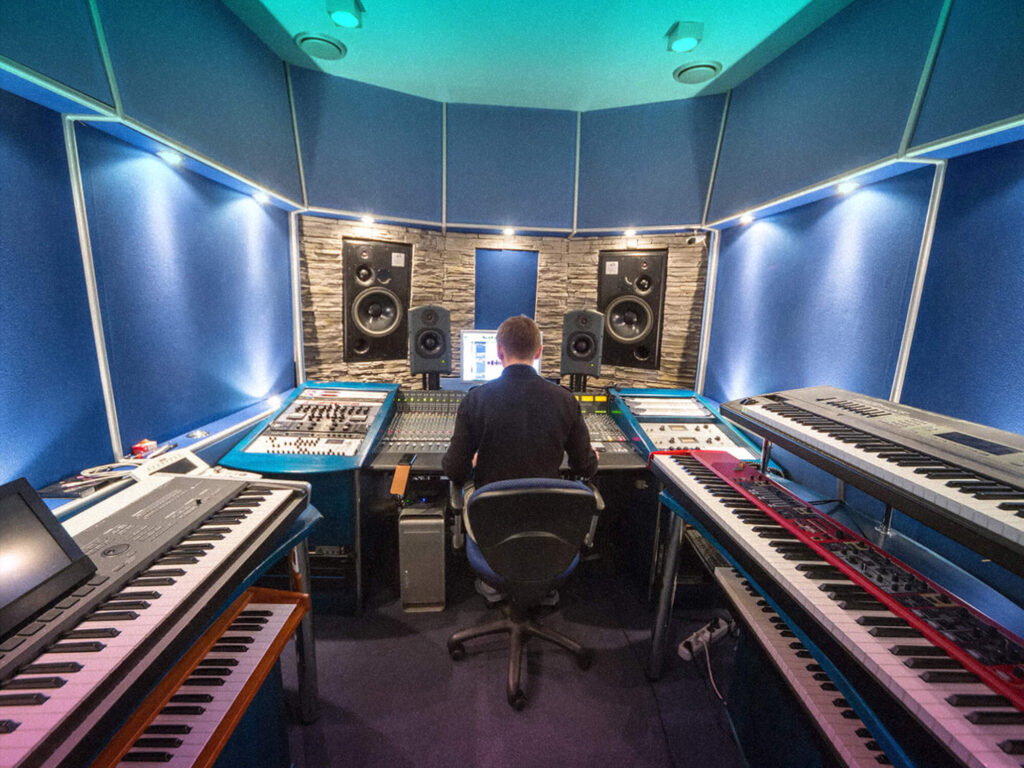Maximizing Your Audio Quality With Sound Reflectors

Are you tired of poor audio quality in your recordings or live performances? Look no further than sound reflectors. These handy tools can make a huge difference in maximizing your audio quality. In this blog post, we’ll dive into what sound reflectors are and how they affect audio quality. Whether you’re a musician, podcaster, or video content creator, implementing these reflectors could be the game-changer you’ve been searching for to take your content to the next level.
What are Sound Reflectors?
These reflectors are devices that improve audio quality in recordings or live performances. They help redirect sound waves and prevent them from bouncing off hard surfaces, producing clearer and more precise audio.
Various types of these reflectors are available on the market, ranging from large panels to smaller shields that can be attached directly to a microphone. Some reflectors may be made of foam, while others use reflective materials such as aluminum or plastic.
Regardless of their size or material, all sound reflectors serve the same purpose: to minimize unwanted echoes and reverberations that can detract from the overall quality of your recording or performance.
Incorporating sound reflectors into your setup can make a big difference. You’ll have greater control over the final result by controlling how sound waves behave within your recording environment. They ensure that every note is captured with maximum clarity and precision.
How Sound Reflectors Affect Audio Quality?
One of the main ways that sound reflectors affect the audio quality is by improving clarity. When you use a reflector, it helps to eliminate unwanted echoes and reverberations that can muddy your recording. This results in a crisper, more defined sound that is easier to mix and master later.
They will improve sound quality through increased volume. By reflecting sound waves toward your microphone or other equipment, you can boost the overall volume of your recording without causing distortion or other unwanted artifacts.
Using a high-quality sound reflector can also help with directional control. If you’re trying to capture sounds from a specific area or angle, a well-placed reflector can help channel those sounds directly into your microphone while minimizing interference from surrounding noise sources.
There are many benefits to using sound reflectors for improved audio quality in your recordings. With careful selection and proper placement techniques, these tools can be invaluable to any home studio setup!
What to Look for When Buying a Sound Reflector
When buying a sound reflector, you should keep a few key things in mind. You need to consider the reflector’s size. The larger ones will typically provide better results. Still, they may be more difficult to maneuver or transport.
Another important factor is the material used for construction. Look for high-quality materials that won’t rust or deteriorate over time. Aluminum and stainless steel are both popular choices.
Additionally, pay attention to the shape of the reflector. Some models are designed with specific shapes (that can optimize sound reflection in certain directions.
Consider any additional features or accessories that make using your sound reflector easier or more effective. For example, many models come with mounts or stands, allowing easy positioning and adjustment.
By considering these factors when shopping for a sound reflector, you’ll be well on your way to maximizing your audio quality and achieving professional-level recordings!
Conclusion
We hope you have learned how sound reflectors improve sound quality. Remember to properly position your reflector during recording sessions and adjust it as necessary for optimal results.








